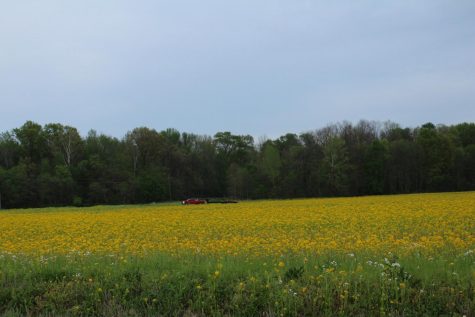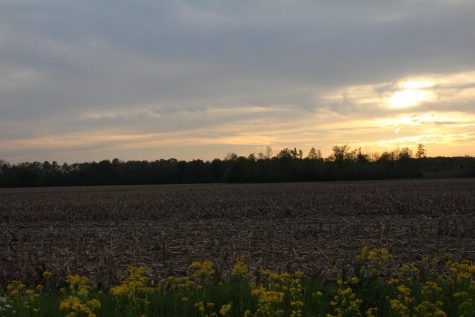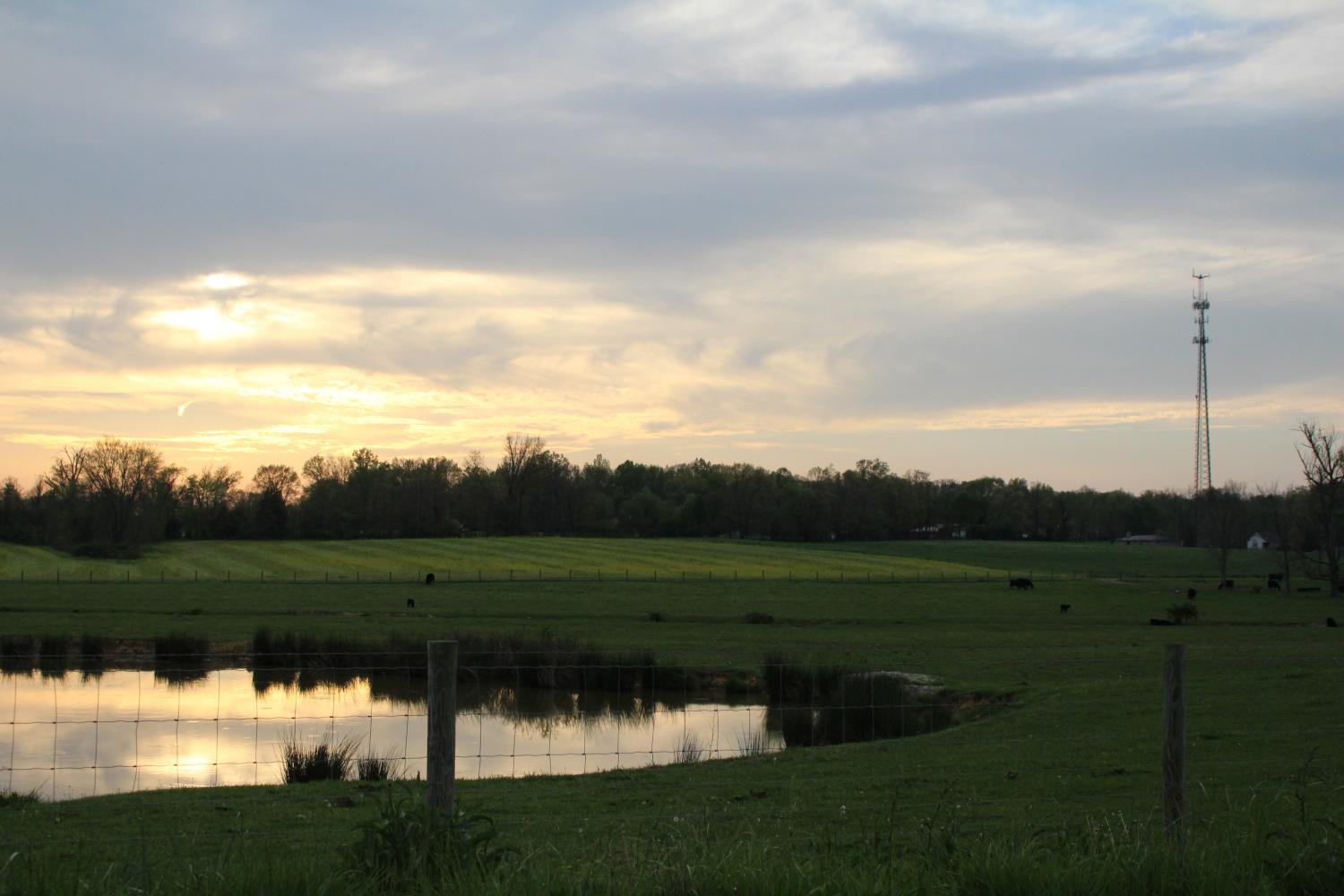Southern Indiana Farming Movements
Walking into a field as a child, Anna Hall, agriculture education junior at Purdue University, said she found her inspiration for agriculture by watching her father farm crops in their field.
“I remember, as a little girl, going to the fields with him and playing in the rows of corn,” Hall said.
Although she said her father stopped farming a few years later, her inspiration was not dampened. She said she went on to join 4-H, where she continued to learn about different aspects of agriculture. Once she going to Scottsburg High School, she started taking agriculture classes and even joined the Future Farmers of America (FFA).
Her original reason for joining FFA was to follow in the footsteps of her father. However, Hall said it was not long before she fell in love and found her passion for agriculture. She said she also grew tremendously as a leader and learned a lot about who she is during her time in FFA.
The passion she discovered in FFA lead her to the beginning of her future career in teaching agriculture. Hall said with only one year left to her college career, she will be receiving a Bachelor’s degree and license to teach agriculture next spring.
“I plan to return to Southern Indiana to teach agriculture,” Hall said. “I want to share my passion for agriculture and FFA with my future students.”
Hall said most Southern Indiana farmers grow their crops on a large scale, focusing on crops such as field corn and soybeans. Therefore, many farmers do not sell directly to local buyers because, Hall said, field corn and soybeans need to be processed before they are usable by consumers.
She said these large-scale farmers are going to have over 100 acres of land to grow their crops.

Also. Hall said most large-scale animal producers in Southern Indiana do not sell directly to local buyers, but to meat packing plants.
“The small scale producers are the ones who would be more likely to sell their products directly to local buyers at farmers’ markets,” Hall said.
She said small-scale producers often have other sources of income, with farming being a secondary source.
In contrast to the large farms, Hall said small-scale farmers usually have only a few acres of land where they can grow a variety of crops. She said most small-scale farmers are often a family or individual who enjoys gardening and has a small patch of land they can use.
Ken Meter, employee from Crossroads Resource Center, completed a study about Indiana farmers for the Indiana State Department of Health. In his study, Meter said the farms of today’s Indiana farmers are not the large-scale farmers previous generation were, but small-scale fashion farmers.
Meter said these changes are likely do to the financial obligations of the young farmers needing to make more in order to thrive.
However, Meter said there is a movement towards healthy eating and where Indiana residents are wanting to know who the farmer is who grows their foods and to see the farms where it was grown.
Hall said the producers who sell at farmers’ markets and other places locally will be discovered primarily through different farmers’ markets, social media, websites, and word of mouth. She said these will be the main ways the small-scale producers sell their crops.
“These producers’ supply of products if going to be limited to the time of year their product is available,” Hall said.

Although their production may be limited to time of year, Meter said in 2007, statistics from the Census of Agriculture stated the farms with the most growth, in comparison to previous years, were the small-scale farms.
Meter said this is a clear example of the changes in farming in Indiana and the movement of people wanting to have local foods.
“In late 2011, that discussion [of local foods] culminated in the formation of My Local Indiana, an association formed to build relationships between smaller growers, local markets, and consumers looking for locally produced meat, eggs, dairy, and produce,” Meter said.
Hall said ultimately, the goal for every farmer is to produce food for the growing population. She said producing these products sustainably is very important to them because farmers need their land in order to grow their crops and raise their livestock.
“Farmers are very concerned with such issues as erosion, runoff, and water conservation,” Hall said.
Conservation and preservation of the land for future generations is very important in agriculture production.
Hall said farmers in Indiana are dedicated to feeding the population and creating sustainable food sources, no matter if they are large- or small-scale farmers, they still have the same goal.
